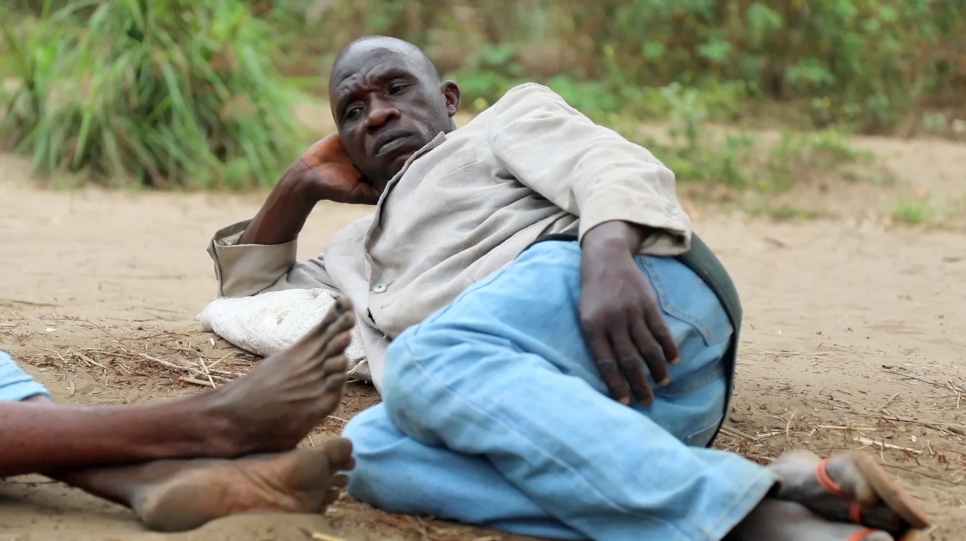DR Congo emergency
The Democratic Republic of the Congo (DRC) is one of the most complex and challenging humanitarian situations worldwide, with multiple conflicts affecting several parts of its vast territory.
Hopes soared after a long and costly civil war was brought to an end in 2003, but the nation has instead seen sporadic waves of fighting – especially in the Eastern parts of the country. Since 2016, a new wave of violence also affected the DRC’s previously peaceful Kasai region, a vast area in the south and center of the country.
Now, thousands of civilians are struggling for survival.
Although many people have returned to areas in the Kasai region and elsewhere, they have often found their property, businesses and schools in ruins, and family members killed. Human rights violations are still widespread, including physical mutilation, killings, sexual violence, arbitrary arrest and detention in inhumane conditions.
"Armed men killed my wife and three of our children. I don’t know why."
Kadima Kabenge, mine worker who fled attacks in Kasai Province
While these conflicts have forced many Congolese to flee their homes, the country also hosts over half a million refugees from neighbouring countries. It continues to see new arrivals from Burundi, the Central African Republic and South Sudan.
The risk of further displacement is high, as political and ethnic conflicts affect many areas. Protection needs, particularly for the most vulnerable, are enormous, and the challenges of getting aid to those in need are increasing. Strengthening public health, sanitation and water supplies to prevent diseases remains vital.
What is UNHCR doing to help?
UNHCR is assisting people displaced inside the DRC through activities aimed at strengthening the protection of vulnerable people, including women and children.
We also provide shelter materials and cash grants to the most vulnerable among the displaced and returnees. We strengthen community-based organisations that work for peaceful coexistence, while working towards solutions to displacement.
UNHCR is working with the International Organization for Migration to lead the coordination and management of sites hosting internally displaced people (IDPs) in North Kivu and Tanganyika provinces.
We also provide protection and assistance to Congolese refugees in neighbouring countries, in collaboration with authorities and partners, including those forced to flee during the most recent surge of violence.
Refugees from countries like the Central African Republic, South Sudan and Burundi, who have sought refuge in the DRC, also receive life-saving support and protection through UNHCR and its partners. Most of these refugees settle in local Congolese communities and many can become self-reliant with some support. UNHCR is actively seeking durable solutions for these refugees, by developing strategic partnerships with UNDP, WFP or FAO, as well as by looking to reduce environmental impacts, notably deforestation, in refugee-hosting areas.
Despite the enormous needs, UNHCR has only received a quarter of the US$201 million required to provide life-saving assistance and protection to refugees, IDPs and other vulnerable people in the DRC. More support is urgently needed. Please help now.
Reports and Links
- Operational data portal
- DRC operational update (August 2018)
- DRC Fact Sheet (August 2018)
- Congolese situation data portal
- Congolese situation update (August 2018)

